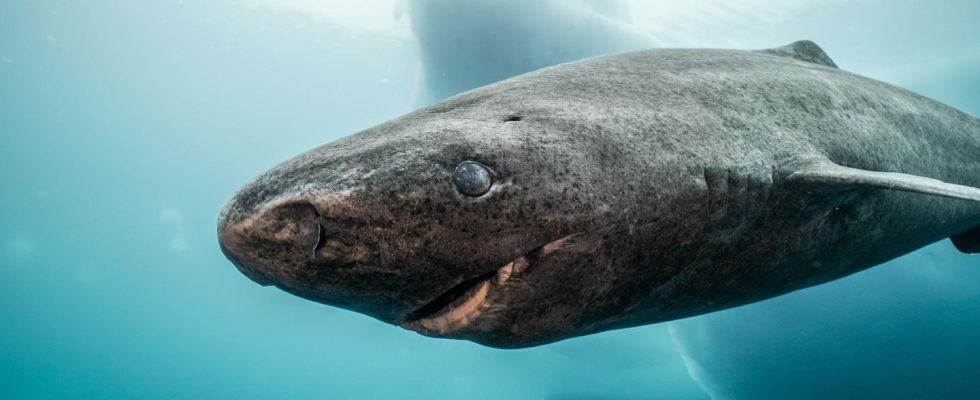A dense blanket of snow and ice, a world of multifaceted white, the view extends to the horizon. Greenland is a fascination in itself. Although Greenland is one of the largest countries in the world in terms of area, very little is known about the icy region. The approximately 55,000 residents are visited by around 68,000 tourists from all over the world every year – but nature, which is covered up to 80 percent by snow and ice, still seems to keep its secrets well. Some of them are several hundred years old.
Camerawoman Christina Karliczek has decided to get to the bottom of one of these many mysteries. To do this, she traveled to the east of the country with an expedition team – a rather unusual travel destination for non-locals. Only about 2,000 people live in the tranquil town of Tassilaq. The environment is rugged, mountainous and characterized by wild animals and low temperatures. Karliczek’s destination, however, is off the coast of Greenland, in the shallows of the Arctic Sea.
There, between mighty icebergs and the black nothingness of the deep sea, lives the ice shark. It lives up to 500 years and can reach a length of eight meters. It is he who repeatedly lures Karliczek to the icy region. The Dutch-German documentary filmmaker wants to get as close as possible to this impressive creature. And that’s not always as easy as it is when you talk to him star says: “Unfortunately, working underwater always has a strong time limit for us divers. We are always exposed to the weather and the tides.”
Insights into hidden worlds
This time the weather gods meant well for the film team: Karliczek got a huge ice shark in front of the camera several times. He appears in front of her very leisurely between the ice floes in the dark waters of the Arctic, looks in her direction with his ghostly, staring eyes and then glides on through his territory. Ice sharks are not fast swimmers, they belong to the genus of sleeper sharks and are of a more relaxed type. However, an encounter between humans and ice sharks is rather rare, as the ancient fish dive up to 2,000 meters deep – and only rarely in the swimming area of us humans.
For Karliczek, a reason to celebrate: “It was a deeply impressive experience to be able to get so close to a large ice shark,” she says, “I feel very small as a human being.” The ambiguous role of humans in nature is a point that the mother of two encounters again and again. She also sees her films as a kind of enlightenment. “We are all extremely dependent on nature. And in the same way, we can all help to ensure that fish stocks recover.” In order to take the necessary steps, you first have to develop a closeness to the sea. For example, through the recordings that the expedition team will use to return home We’ll show you a few impressions of it in the photo gallery above.
It won’t be Karliczek’s last trip to the Arctic – she still has a lot to tell about the mysterious world beneath the thick ice cover. “I’m particularly interested in the connections between different animal species, from whales to the smallest plankton animals, that rise from the deep sea,” she says. But the working conditions are becoming increasingly difficult for them because of the climate crisis. Karliczek’s work is all the more important because it gives us all insights into worlds that would otherwise remain hidden from us.
By the way: You can now also see the results of this trip in the ARD media library look at.

